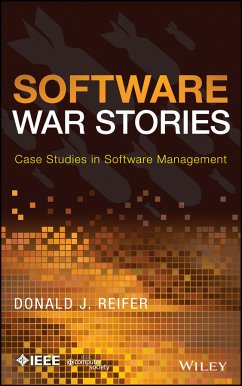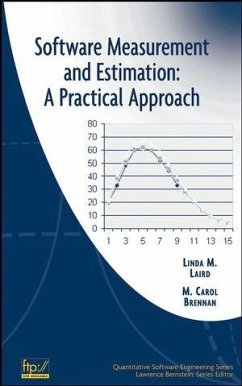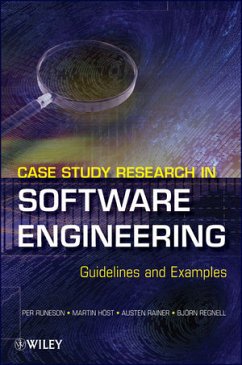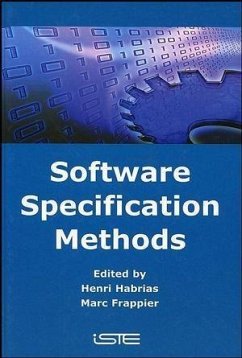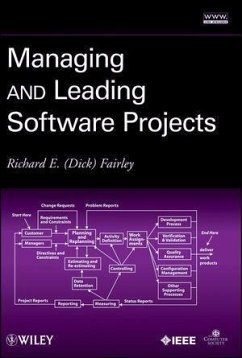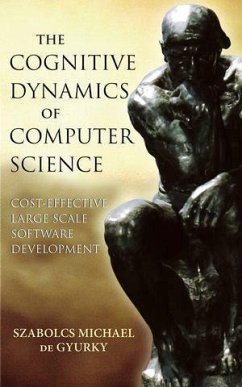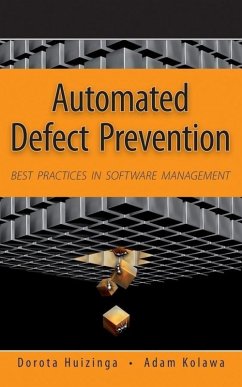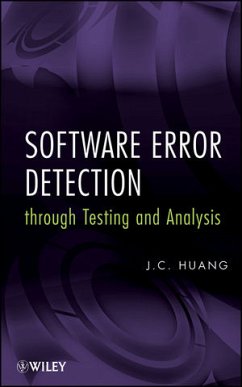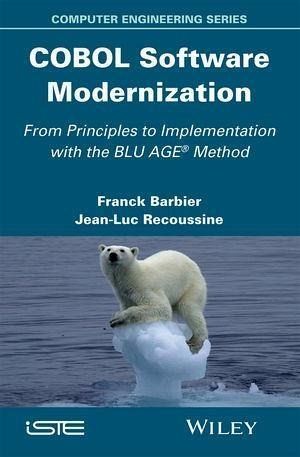
COBOL Software Modernization (eBook, PDF)
From Principles to Implementation with the BLU AGE Method
Versandkostenfrei!
Sofort per Download lieferbar
139,99 €
inkl. MwSt.
Weitere Ausgaben:

PAYBACK Punkte
0 °P sammeln!
Nowadays, billions of lines of code are in the COBOL programming language. This book is an analysis, a diagnosis, a strategy, a MDD method and a tool to transform legacy COBOL into modernized applications that comply with Internet computing, Service-Oriented Architecture (SOA) and the Cloud. It serves as a blueprint for those in charge of finding solutions to this considerable challenge.
Dieser Download kann aus rechtlichen Gründen nur mit Rechnungsadresse in A, B, BG, CY, CZ, D, DK, EW, E, FIN, F, GR, HR, H, IRL, I, LT, L, LR, M, NL, PL, P, R, S, SLO, SK ausgeliefert werden.





